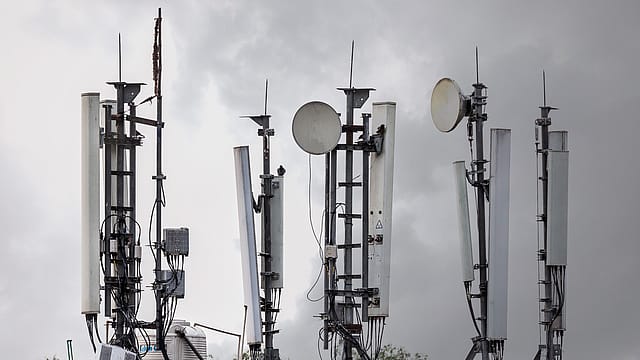Open source drives Edge telecom networks
ADVERTISEMENT

In a digital world, where constant innovation is the need of the hour, enterprises can do only so much by themselves. That's where open source comes in as the core innovation engine for industries. There are already many interesting areas where open source is in play —be it cloud, cloud native, development tools, run time environments, automation techniques and the ability to do global deployments across multiple cloud providers. The push to the cloud accelerated during the Covid-19 pandemic.
That's where global open source major—Red Hat—comes into the picture. Chris Wright, senior vice-president and chief technology officer at Red Hat, says: "There is a great opportunity for open source to bring together communities to build and share operational knowledge to build automated tools to operate software which influences software architecture."
One area where there has been a lot of work in open source relates to Edge networks in telecom. Every telecom network has a core and an edge. In the last three years there has been a huge effort to support next generation design for radio access networks. "We are starting to see deployments in India which will modernise mobile networks. And with edge deployment, telcos can look to providing services to enterprises," says Wright.
January 2026
Netflix, which has been in India for a decade, has successfully struck a balance between high-class premium content and pricing that attracts a range of customers. Find out how the U.S. streaming giant evolved in India, plus an exclusive interview with CEO Ted Sarandos. Also read about the Best Investments for 2026, and how rising growth and easing inflation will come in handy for finance minister Nirmala Sitharaman as she prepares Budget 2026.
The big one in India was Vodafone, where Red Hat's edge deployment includes ability to deliver enterprise facing services, a big shift from where industry was five years ago. Then enterprise services were limited and was about connectivity. As India begins the passage to 5G, enterprise services are key. Today it can include applications, edge and cloud locations close to the enterprise so that you can manage your data.
It is important because Edge in telecom was driven by service providers transitioning to 5G. This enabled investment in new technologies, architectures and designs. Other industries where Edge is talked about have the vision of the benefit that brings to industry and different time scales where that event forces large-scale change. 5G is that kind of compelling event in telecom.
"We see edge coming to life over the long term because it is focused on bringing compute closer to producers and data consumers. Edge will continue to grow and so will our computing habits. Over the last 10 years, much of the workload has moved into the cloud. Edge will emerge as a prominent location where a significant amount of computing happens. We are in the first phase of this change in telecom," Wright points out.
Different communications providers globally are using the edge of the network for what multi-access edge compute and creating capability to co-locate applications in network so that there is close access to data and low latency to consumers. This is important in AR/VR. If your latency is outside a certain time bound, as a human you get motion sickness and it becomes critical. Bringing data as close to the edge as possible makes a phenomenal difference.
Within Red Hat, there are conversations across hybrid cloud, multi-cloud and open projects that work in the space. If your deployment looks like an expanse, internal infrastructure maybe a core database to sit in your private data centre for regulatory compliance. Your portion of application scales out into the public cloud and then another portion of your application sits at the edge that is a very hybrid picture, including the edge that really drags this hybrid view. This is an emerging pattern that really needs to be understood why hybrids are important to businesses. They are looking at cloud to improve their developer velocity and reduce costs associated with maintenance.
The Indian market is really focused on building next-generation telecom networks. There's tremendous focus on automation, to improve overall efficiency of building large networks. That comes in the form of creating a common platform for the entire telecom network applications to run on, rather than a platform per application, which is how networks have been designed in the past.
There's important work happening in healthcare and banking. India's reasonably advanced in adoption of open-banking and UPI, that's an area that fits the digitisation of businesses, and certainly important when you look at how we lived with more digital services during Covid-19.
"India has always been a large participant in open-source communities, and expect to see the community continue to grow with more innovation from developers in India participating in open-source projects," Wright concludes.
